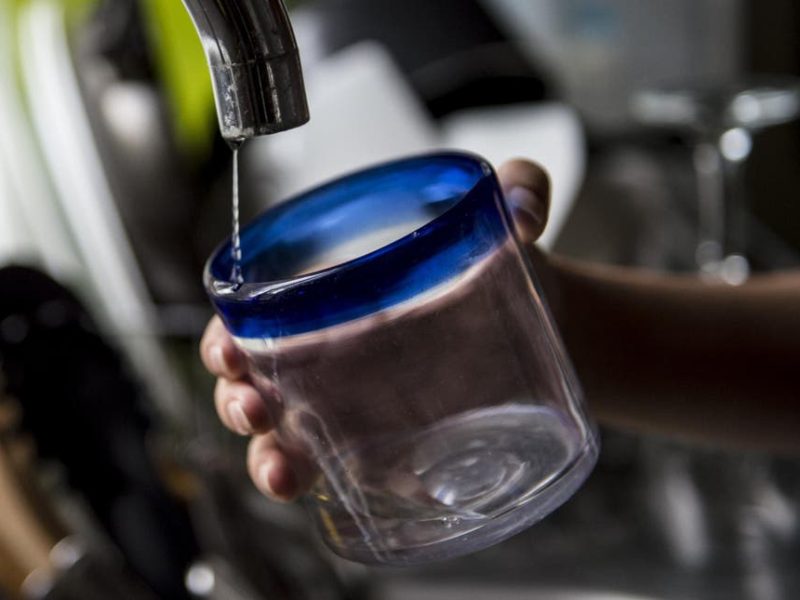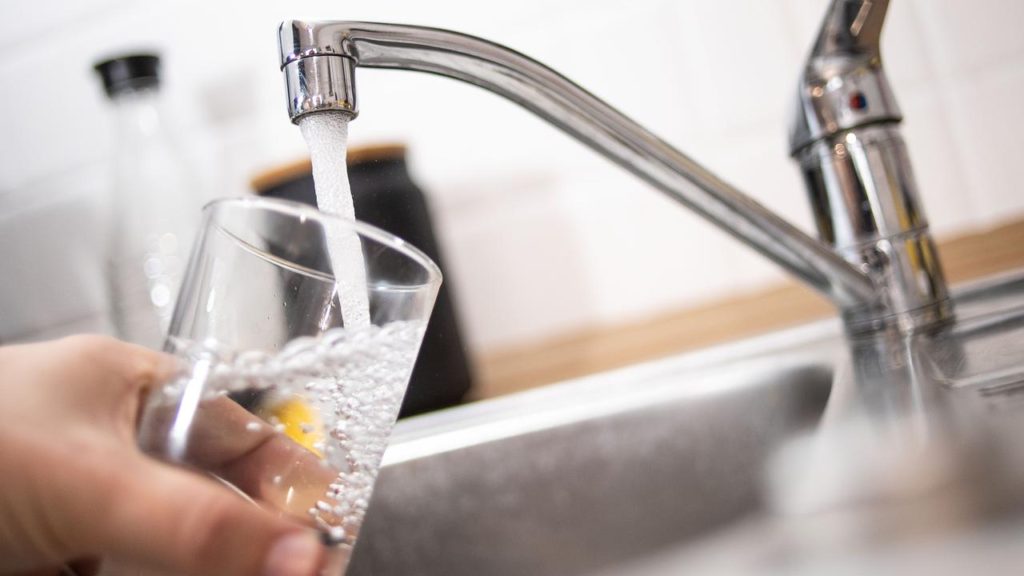
Tap Water And Limescale: What Is The Truth?
Analysis and characteristics of drinking water must meet specific parameters, defined by law with the Legislative Decree 31/2001, according to the guidelines of the WHO (World Health Organization).
Compliance with these parameters is essential to ensure that tap water is drinkable, i.e. that it can be drunk without risk because it is certified as healthy and safe.

Drinking tap water is therefore quality water like bottled water despite numerous false beliefs still run on its account, such as the fact that limestone is it’s exclusive and that it hurts. There is a lot to know about the quality of drinking water and this article wants to clarify to help you drink water from your tap peacefully.
Table of Contents
Drinking water: tap or bottle?
Potability is the essential guarantee for any type of drinking water in health and safety, both for tap water and for bottled water. Potability for both types of water is in fact guaranteed by compliance with microbiological, chemical, and physical parameters established by law. All drinking water, in fact, before being poured into a glass to be drunk, is subjected to strict analysis, quality, and safety controls to protect the health of the consumer.
Tap water, therefore, has nothing to envy to bottled water; in fact, it presents its water card or identity card and, like every bottled water, it has its own label, indicating the main drinking water parameters. Learning to read these parameters is the first rule to know the quality of the water we drink and to free ourselves from false beliefs surrounding tap water.
Tap water: clean, safe and healthy
Many people avoid drinking tap water because they fear it is dirty, polluted, and even harmful to health. They thus prefer bottled water unaware that the risk is the same if they have fears for their own health. The fundamental concept to understand is that water must be primarily guaranteed drinkable.
The choice of drinking potable water that comes out of the tap or that is bottled must therefore not be based on the higher quality and safety of one or the other: in principle, these properties are guaranteed in both cases. It can be understood that a person travelling by car for hours prefers bottled water for convenience but, if you look at the portability of the water, that bottle could easily have been filled with tap water!
If we really want to make an informed choice for the health and safety of man and our environment, drinking tap water represents a great saving in terms of pollution since it avoids the accumulation of tons of plastic bottles in a year. Furthermore, drinking tap water helps us save money, even with water houses scattered around the area.
Let’s debunk the false beliefs of tap water and limestone
If you are still not convinced now let’s dispel some false beliefs!
- The tap water is dirty and could even be polluted, who knows what’s inside!
FALSE: By law, drinking tap water must be free of foreign bodies, contaminants and must respond to acceptability parameters as regards its appearance and smell. It is in fact subjected to analyzes and checks to identify its safety and then to filtering, disinfection, and purification treatments to ensure the safety of the population in safety.
- Tap water contains pollutants, poisons, harmful minerals!
FALSE: we have seen that the drinking water from our tap must comply with chemical, physical and microbiological parameters established on the basis of safe ranges for humans of many substances. These parameters are the same as found on the bottled water label. To ensure greater quality and safety of drinking water, important indicative and emerging parameters are also monitored which evaluate the presence of some potentially dangerous substances and which are indicative of alterations in the composition of the water.
- The chlorine they put in the water is bad for our health!
FALSE: chlorine is used to disinfect water but its use follows certified procedures to ensure the right disinfection without danger to humans. The levels of chlorine in the water are also constantly monitored and must remain within the ranges indicated by law.
- Bottled water is purer and healthier than tap water because it has fewer salts and is not treated.
FALSE: Bottled water like tap water is treated and subjected to analysis and controls to ensure its portability. Furthermore, its composition does not follow natural laws that make it better! Bottled water and tap water can be sweet, normal, or hard and more or less alkaline in the drinking ranges established by law. The composition of the water does not vary from the tap to the bottle but according to the characteristics of the soil or the aquifer from which it comes. Furthermore, the presence of salts in the ranges makes water a natural source of mineral needs useful for human vital functions.
- The tap water is contaminated by the pipes
FALSE: the control of the aqueduct water system guarantees continuous monitoring of the entire structure, anticipates any potential criticality, and ensures a risk-free piping system.
- Bottled water has no limescale like tap water!
Bottled water contains “limestone” like tap water. The limescale from the tap water is visible, for example, by heating the water for pasta. In fact, limestone is composed of calcium salts that precipitate with heat.
About limestone! Do you know it’s healthy?
Speaking of water hardness, we highlighted the fact that hard water is a source of minerals, in particular calcium and magnesium, which are essential for human health. Several scientific studies have in fact highlighted that the hardness of water intended for human use is a protective feature in preventing the development of various problems, not only the best-known osteoporosis but also cardiovascular diseases.
Epidemiological and clinical studies have in fact highlighted that there is a correlation between greater water hardness, within the limits of the drinking range, and a lower incidence of cardiovascular problems. This data has even led the scientific community to evaluate the development of prevention systems for these problems by monitoring the hardness of drinking water. Furthermore, it has been shown that water rich in calcium and magnesium does not favor kidney stones in healthy subjects and it could even be a protective factor even in this case. In fact, the guidelines of the Ministry of Health recommend drinking a lot of water to avoid kidney stones without specifying the type of water.
The hardness of the water is proportional to the calcium content and therefore to the presence of limestone which, however, based on what the scientific studies just mentioned, is not dangerous for human health, indeed it is a confirmed protective factor. Limescale is at most a problem for pipes and domestic systems, a problem that can in any case be limited by using suitable anti-limescale products or systems.
Bio- Sunil Trivedi is the Managing Director of Aqua Drink. With 15 years of experience in the water purification industry, Sunil and his team have been ensuring that his clients consume 100% potable water to lead a healthy life and keeping water-borne diseases miles away.





No Comment